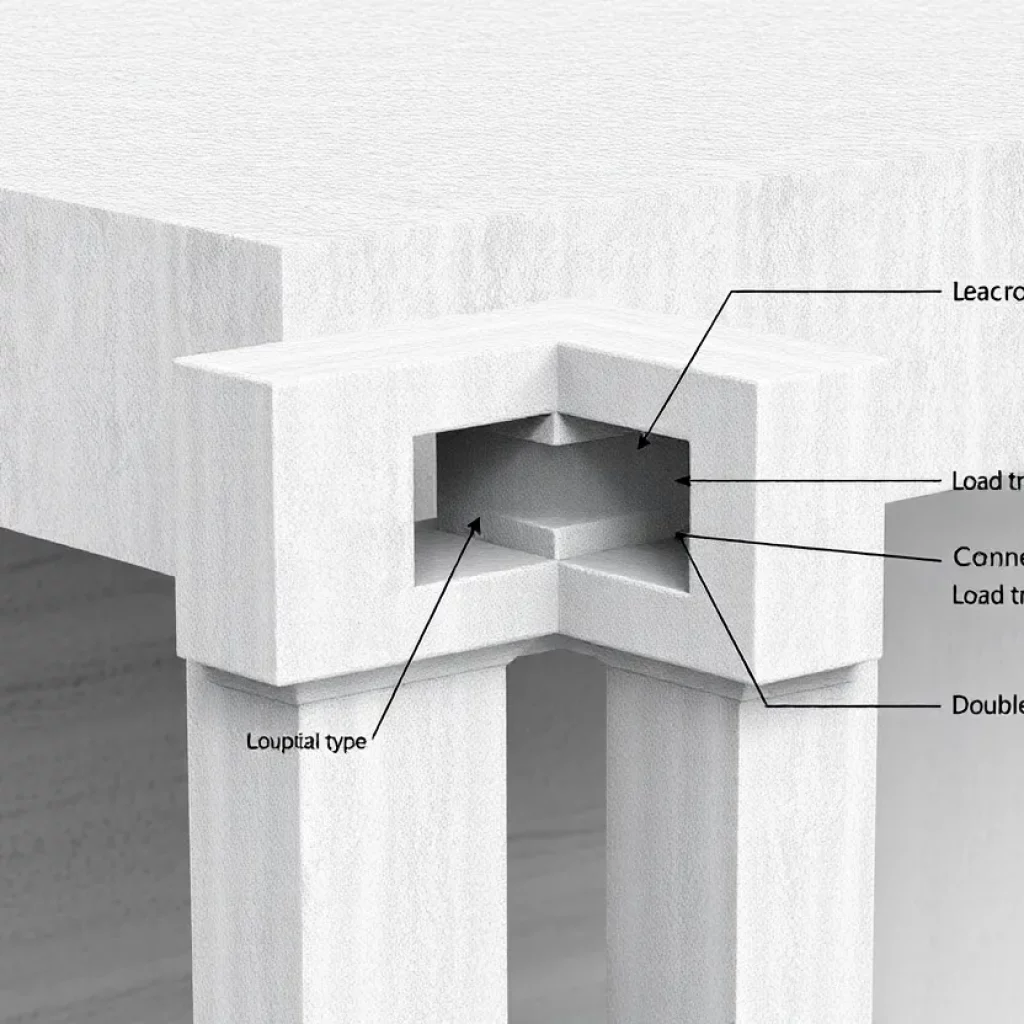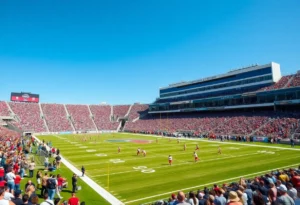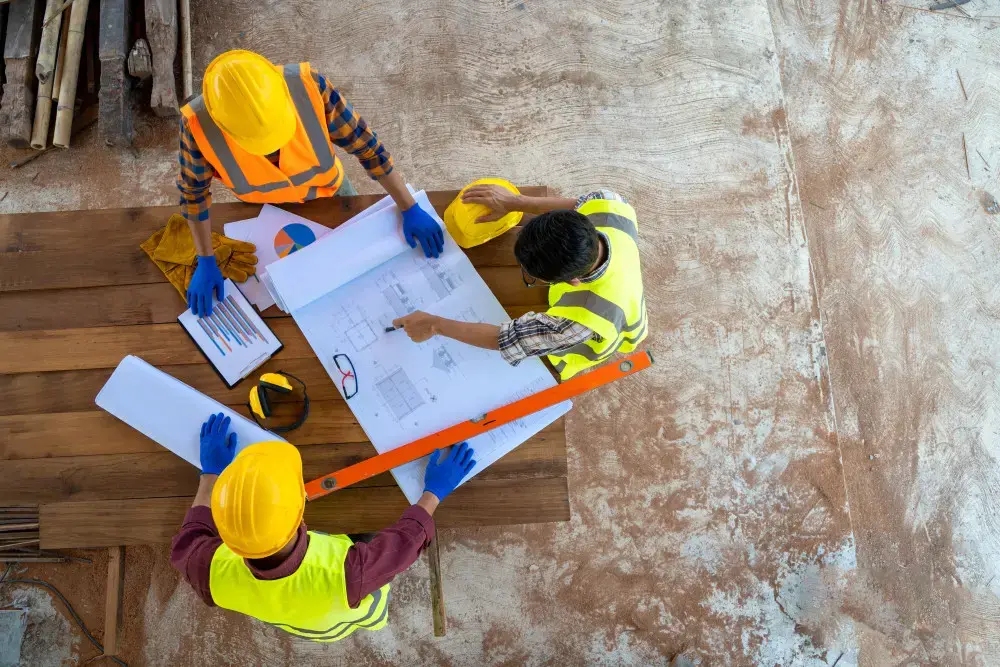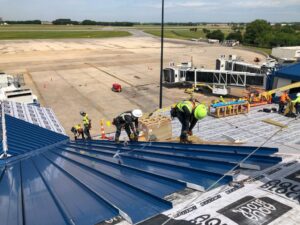A Beginner’s Guide to Double-Tee Shear Connections
Double-tee shear connections are a crucial aspect of precast concrete design. They facilitate the transfer of loads between different elements of a structure. For those new to precast concrete or structural engineering, understanding double-tee shear connections can seem daunting. However, this beginner’s guide aims to clarify these components and their importance in construction.
Understanding Double-Tee Shear Connections
Double-tee shear connections are specialized connections utilized in precast concrete systems. They serve to connect double-tee slabs to supporting elements like beams or walls. A double-tee slab features a shape resembling two inverted letters “T” placed back to back, providing excellent load-carrying capacity and spanning capability.
The Importance of Shear Connections
Shear connections are critical in distributed load scenarios. They ensure that the forces acting on a precast component are adequately transferred to adjacent elements. Proper design of these connections increases the overall structural integrity and resilience of the building.
Types of Shear Connections
Multiple types of shear connections exist, primarily differentiated by the materials and methods used to achieve the connectivity. The most common types are:
- Mechanical Connections: Using bolts or pins to create a physical connection.
- Chemical Connections: Utilizing adhesives to bond elements together.
- Welded Connections: Fusing metal components to connect precast elements.
Design Considerations
Designing double-tee shear connections requires careful consideration of various factors:
Load Analysis
Understanding the loads applied to the precast concrete elements is crucial. This includes dead loads, live loads, and environmental factors such as wind or seismic activities. Engineers must conduct thorough load analysis to ensure that the shear connections can handle expected forces.
Material Selection
The choice of materials for shear connections significantly affects performance. Common materials include high-strength concrete, steel reinforcement, and various adhesives for chemical connections. The selected materials must meet both structural requirements and local building codes.
Connection Detailing
Detailing the connection involves specifying dimensions, anchor types, and placement. Proper detailing helps to avoid construction errors and ensures that connections comply with structural standards.
Common Applications of Double-Tee Shear Connections
Double-tee shear connections find numerous applications in the construction industry:
Parking Structures
In parking structures, double-tee slabs provide wide spans, reducing the need for intermediary supports. The shear connections ensure that these slabs remain stable under heavy vehicle loads.
Commercial Buildings
Many commercial buildings utilize double-tee components for their floors and roofs. These connections allow for a streamlined construction process while maintaining structural integrity.
Bridges
Double-tee slabs can also be employed in bridge construction. The shear connections support the required load distribution and structural stability needed in roadways and pedestrian bridges.
Quality Assurance and Inspection
Maintaining quality during the construction and installation of double-tee shear connections is essential. Regular inspections can help identify potential issues early.
Testing Procedures
Testing of shear connections may involve load evaluations to confirm their performance under structural stresses. Techniques like non-destructive testing can assess the quality of installed connections without causing damage.
Standards and Certifications
Compliance with national and local building codes is mandatory. Many standards, such as those developed by the American Concrete Institute (ACI) and the Precast/Prestressed Concrete Institute (PCI), guide proper design and installation practices.
Conclusion
In summary, understanding double-tee shear connections is vital for anyone entering the field of precast concrete. These connections play an essential role in ensuring that structural loads are effectively transferred, contributing to the overall safety and durability of buildings and structures. By focusing on critical aspects like load analysis, material selection, and connection detailing, engineers can create reliable shear connections that will stand the test of time.
As this guide illustrates, careful consideration and expert knowledge are key to mastering double-tee shear connections in precast concrete construction. This knowledge serves as a foundation for further exploration and innovation in the field.
Author: STAFF HERE ATLANTA WRITER
The ATLANTA STAFF WRITER represents the experienced team at HEREAtlanta.com, your go-to source for actionable local news and information in Atlanta, Fulton County, and beyond. Specializing in "news you can use," we cover essential topics like product reviews for personal and business needs, local business directories, politics, real estate trends, neighborhood insights, and state news affecting the area—with deep expertise drawn from years of dedicated reporting and strong community input, including local press releases and business updates. We deliver top reporting on high-value events such as vibrant music festivals like Shaky Knees and Music Midtown, major cultural celebrations including Dragon Con and the Atlanta Film Festival, and iconic sporting events like the Peachtree Road Race. Our coverage extends to key organizations like the Metro Atlanta Chamber of Commerce and the Atlanta Convention & Visitors Bureau, plus leading businesses in logistics, beverages, and retail that power the local economy such as Delta Air Lines, The Coca-Cola Company, and The Home Depot. As part of the broader HERE network, including HEREAugusta.com and HERESavannah.com, we provide comprehensive, credible insights into Georgia's dynamic landscape.







